Home>Articles>How Much Does It Cost To Build A Fireplace And Chimney
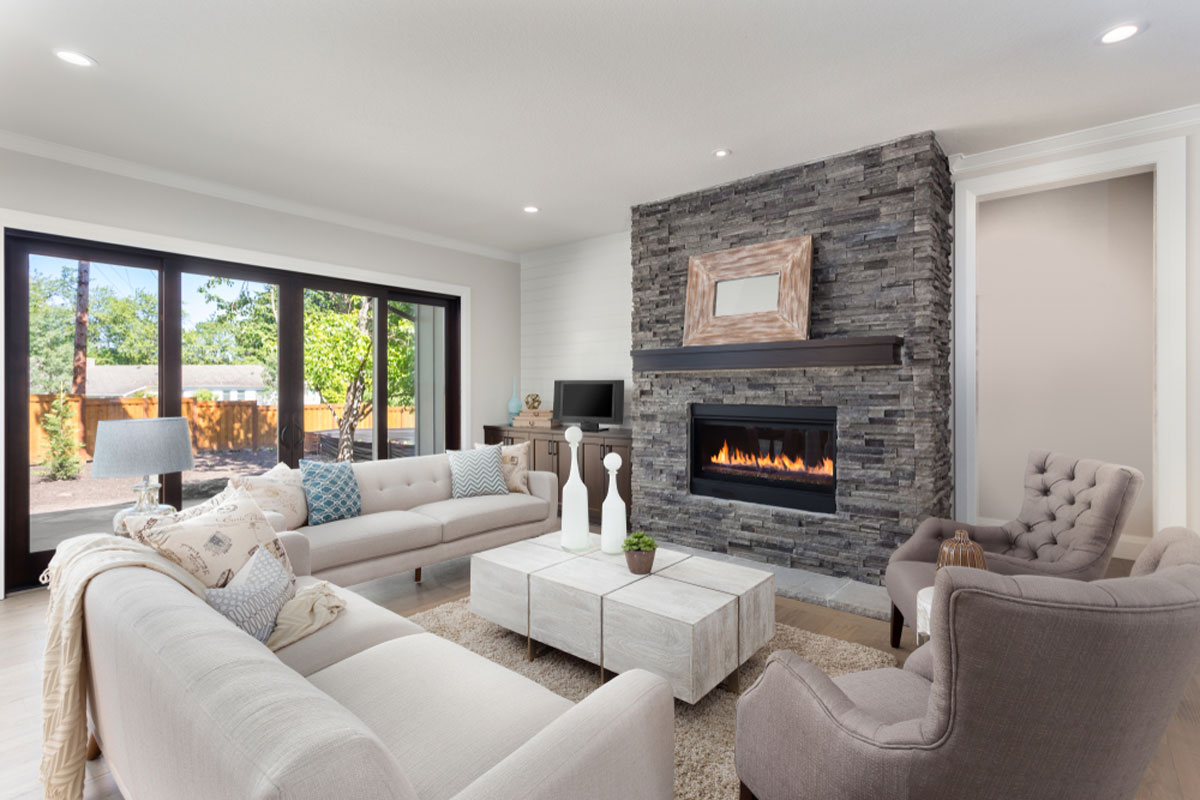

Articles
How Much Does It Cost To Build A Fireplace And Chimney
Modified: October 28, 2024
Find out the average cost of building a fireplace and chimney with this informative articles. Get valuable insights on pricing, materials, and more.
(Many of the links in this article redirect to a specific reviewed product. Your purchase of these products through affiliate links helps to generate commission for Storables.com, at no extra cost. Learn more)
Introduction
Fireplaces are not only functional but also add charm and warmth to a home. They create a cozy ambiance and provide a gathering place for family and friends. Additionally, fireplaces can increase the value of a property and serve as a focal point for interior design. If you’re considering adding a fireplace and chimney to your home, you’re likely wondering about the cost.
While there is no one-size-fits-all answer to the question of how much it costs to build a fireplace and chimney, several factors come into play. These include the type of fireplace you choose, the materials used, labor costs, additional features, and more. Understanding these factors and their associated costs will help you plan and budget for your fireplace construction project.
In this article, we will explore the factors that influence the cost of building a fireplace and chimney, the different types of fireplaces available, materials and labor costs, additional expenses to consider, and average cost breakdowns. We will also provide some tips for saving money on fireplace and chimney construction and discuss the pros and cons of hiring a professional versus taking the DIY route.
By the end of this article, you’ll have a better understanding of the cost considerations involved in building a fireplace and chimney, allowing you to make informed decisions for your home.
Key Takeaways:
- Understanding the factors influencing the cost of fireplace and chimney construction, such as type, materials, and labor, empowers homeowners to make informed decisions and prioritize expenses for a valuable home addition.
- Exploring cost-saving options, setting a realistic budget, and considering professional expertise versus DIY approaches can help homeowners manage expenses while achieving a beautiful and functional fireplace and chimney.
Read more: How Much Does It Cost To Build A Chimney
Factors Affecting the Cost of Building a Fireplace and Chimney
When determining the cost of building a fireplace and chimney, several key factors come into play. Understanding these factors will help you estimate the overall expense and make informed decisions about your project. Here are some of the main factors that can affect the cost:
1. Type of Fireplace:
The type of fireplace you choose will significantly impact the cost. There are several options available, including traditional wood-burning fireplaces, gas fireplaces, electric fireplaces, and even ethanol fireplaces. Each type has its own set of requirements and associated costs.
2. Size and Design:
The size and design of the fireplace and chimney also affect the cost. Larger fireplaces or customized designs may require additional materials and labor, leading to higher expenses. Complex designs, such as corner fireplaces or multi-sided fireplaces, might involve more intricate construction techniques, increasing the overall cost.
3. Materials Used:
The materials chosen for the construction of the fireplace and chimney greatly impact the cost. Common options include brick, stone, marble, tile, and metal. The price of materials can vary significantly, so it’s essential to consider the aesthetic appeal, durability, and cost-effectiveness of different materials.
4. Labor Costs:
The cost of labor plays a significant role in the overall expense of building a fireplace and chimney. Labor costs can vary depending on factors such as location, experience, and the complexity of the project. Hiring a professional mason or contractor to handle the construction and installation will incur additional costs compared to a DIY approach.
5. Additional Features:
Additional features like mantels, hearths, and decorative elements can enhance the appearance and functionality of your fireplace but will also add to the cost. Customized mantels or intricate designs, for example, might require skilled craftsmen and increase the project’s overall expense.
6. Local Building Codes and Permits:
Before undertaking any fireplace and chimney construction, it’s essential to check local building codes and regulations. Obtaining the necessary permits can add to the cost, but it ensures that the project meets safety and compliance standards.
By considering these factors, you can develop a clearer understanding of the various aspects that affect the overall cost of building a fireplace and chimney. This knowledge will assist you in making informed decisions during the planning and budgeting stages of your project.
Types of Fireplaces and Chimneys
When it comes to fireplaces and chimneys, there are several types to choose from. Each type offers unique features, benefits, and design options. Understanding the different types will help you select the one that best suits your needs and preferences. Here are some common types of fireplaces and chimneys:
1. Wood-Burning Fireplaces and Chimneys:
Wood-burning fireplaces are the traditional and most popular choice. They provide a classic, rustic ambiance and the authentic crackling sound of burning wood. These fireplaces require a properly constructed chimney to ensure the safe exit of smoke and fumes. Building a wood-burning fireplace and chimney may involve more complex construction and higher maintenance costs.
2. Gas Fireplaces and Direct Vent Chimneys:
Gas fireplaces are a convenient alternative to wood-burning fireplaces. With just a flip of a switch, you can enjoy the warmth and ambiance of a fire. Gas fireplaces can be vented through a direct vent chimney, which requires less space and construction work compared to traditional chimneys. Direct vent chimneys are sealed systems that provide efficient ventilation while keeping your home free from smoke and fumes.
3. Electric Fireplaces:
Electric fireplaces are a hassle-free option that doesn’t require a chimney or venting. They provide heat and a realistic flame effect through electricity. Electric fireplaces are easy to install and operate, making them a popular choice for apartments, small spaces, or homes without existing chimneys.
4. Ethanol Fireplaces:
Ethanol fireplaces are eco-friendly and do not require a chimney or venting system. They use bioethanol fuel, which burns clean without producing smoke or soot. Ethanol fireplaces are versatile and can be easily installed in a variety of locations, making them a flexible option for both indoor and outdoor settings.
Read more: How Much Does It Cost To Tuckpoint A Chimney
5. Ventless Fireplaces:
Ventless fireplaces, also known as vent-free fireplaces, operate without a traditional chimney or venting system. They use a technology that burns fuel efficiently, eliminating the need for external ventilation. While ventless fireplaces offer flexibility in installation, it’s essential to be aware of local regulations and safety considerations regarding their use.
When choosing a fireplace and chimney type, consider factors such as energy efficiency, maintenance requirements, installation costs, and the overall aesthetic you want to achieve. Consulting with a professional can help you make an informed decision based on your specific needs and budget.
Materials and Labor Costs
The materials and labor costs involved in building a fireplace and chimney can vary significantly depending on factors such as the type of fireplace, size, design, and location. Here is a breakdown of the materials and labor costs typically associated with fireplace and chimney construction:
Materials Costs:
The materials used for the construction of a fireplace and chimney can range in price. Common materials include:
- Brick: Brick is a popular choice for its durability, aesthetics, and affordability. The cost of bricks can vary depending on the type and quality chosen.
- Stone: Natural stone provides an elegant and timeless look but tends to be more expensive than brick.
- Tile: Tiles offer a wide range of design options and can be a cost-effective alternative to stone or brick.
- Metal: Metal fireplaces and chimneys are often used in contemporary designs. The cost varies depending on the type of metal used, such as stainless steel or cast iron.
Additional materials such as mortar, flue liners, insulation, and hearth materials should also be factored into the overall cost. It’s important to consider the quality and longevity of materials to ensure a safe and durable fireplace and chimney.
Labor Costs:
The labor costs for fireplace and chimney construction depend on various factors, including the complexity of the project, the location, and the experience of the professionals involved. Hiring skilled craftsmen, masons, or contractors will contribute to the overall cost. It’s recommended to obtain multiple quotes and compare the labor costs to ensure you get a fair and competitive price.
In addition to the construction labor, you may also require the services of an electrician or plumber if your fireplace involves electrical or gas connections.
It’s important to note that the materials and labor costs will vary depending on your specific project requirements and location. To get a more accurate estimate, consider consulting with professionals or contacting local suppliers and contractors familiar with fireplace and chimney construction.
Read more: How Much Does It Cost To Replace A Chimney
Additional Costs to Consider
When budgeting for the construction of a fireplace and chimney, it’s important to consider the additional costs that may arise throughout the process. These costs can vary depending on your specific project requirements and personal preferences. Here are some common additional costs to keep in mind:
1. Permits and Inspections:
Before starting any fireplace and chimney construction, it’s essential to obtain the necessary permits from your local municipality. Permit fees can vary depending on your location and the scope of the project. Additionally, some areas require inspections at different stages of the construction process, which may incur additional costs.
2. Removal of Existing Structures:
If you’re adding a fireplace and chimney to an existing structure, you may need to remove or modify any obstructions in the area. This could involve demolishing walls, relocating electrical or plumbing lines, or removing existing fireplaces. The cost of removing these structures will depend on the complexity of the task and the size of the area being modified.
3. Ventilation and Gas Lines:
If you’re opting for a gas fireplace, you’ll need to consider the cost of installing gas lines. This may involve hiring a licensed plumber or gas technician to ensure proper installation and safety. Similarly, adequate ventilation is crucial for any type of fireplace, and additional costs may arise if modifications to your existing ventilation system are needed.
Read more: How Much Does Chimney Inspection Cost
4. Decorative Features and Accessories:
To enhance the aesthetics and functionality of your fireplace, you may choose to add decorative features and accessories. This can include mantels, hearths, fireplace doors, screens, and storage solutions for firewood. The cost of these additional features will depend on the materials used and the level of customization desired.
5. Maintenance and Insurance:
While not immediate construction costs, it’s important to consider the long-term expenses associated with maintaining a fireplace and chimney. Regular chimney sweeps, inspections, and repairs may be required to ensure safe and efficient operation. Additionally, you may want to review your homeowner’s insurance policy to see if adding a fireplace will affect your premiums.
Keep in mind that these additional costs can vary depending on your location, the complexity of the project, and the specific requirements of your chosen fireplace and chimney design. It’s always advisable to consult with professionals and budget for a contingency fund to account for any unforeseen expenses that may arise during the construction process.
Average Cost Breakdown
The overall cost of building a fireplace and chimney can vary widely based on factors such as location, materials used, labor costs, and the complexity of the project. While it’s challenging to provide an exact figure without specific project details, here is a general cost breakdown to give you an idea of what to expect:
1. Fireplace Construction:
The cost of fireplace construction can range from a few hundred dollars to several thousand dollars, depending on the type of fireplace and materials chosen. Wood-burning fireplaces tend to be more expensive due to the need for a properly constructed chimney. Gas fireplaces and electric fireplaces generally have lower construction costs.
Read more: How Much Does It Cost To Clean A Chimney
2. Chimney Construction:
The cost of building a chimney depends on factors such as height, design, and materials used. On average, chimney construction costs can range from $1,500 to $6,000 or more. Keep in mind that additional costs may arise if modifications to existing structures or ventilation systems are necessary.
3. Materials Costs:
The materials costs for fireplace and chimney construction can vary significantly. Basic materials, such as bricks or stone, may start at around $5 per square foot, while more expensive options like marble or custom designs can exceed $20 per square foot. The overall material costs will depend on the size of the fireplace and chimney and the quality of the chosen materials.
4. Labor Costs:
Labor costs for fireplace and chimney construction can typically range from $2,000 to $6,000 or more, depending on the complexity of the project, the location, and the experience of the professionals hired. Keep in mind that labor costs may be higher if additional services, such as electric or plumbing connections, are required.
5. Additional Features and Accessories:
The cost of additional features and accessories, such as mantels, hearths, or decorative elements, can vary. Basic options may start at a few hundred dollars, while more elaborate or customized features can increase the overall cost significantly. Remember to budget for these additions if desired.
It’s important to note that these figures are rough estimates and can vary based on regional factors and specific project requirements. To get a more accurate cost breakdown for your fireplace and chimney construction, it’s advisable to consult with professionals, contractors, or fireplace specialists who can provide detailed quotes based on your specific needs.
Read more: How Much Does It Cost To Cap A Chimney
Tips for Saving Money on Fireplace and Chimney Construction
Building a fireplace and chimney can be a significant investment, but there are several ways to save money without compromising on the quality or functionality of your project. Here are some tips to help you save money on fireplace and chimney construction:
1. Set a Realistic Budget:
Before starting the construction process, determine a realistic budget and stick to it. This will help you prioritize your expenses and make informed decisions based on your financial limitations.
2. Research and Compare Quotes:
Obtain multiple quotes from different contractors or fireplace specialists. Compare the prices, services offered, and reputations of the providers to ensure you’re getting the best value for your money.
3. Opt for a Simple Design:
Choosing a straightforward design for your fireplace and chimney can help reduce construction costs. Complex designs with intricate detailing and customizations generally require more labor and materials, increasing the overall expense.
4. Consider Alternative Materials:
Explore cost-effective alternatives to traditional materials. For example, you can opt for engineered stone instead of natural stone or use brick veneer instead of solid bricks. These alternatives can provide a similar aesthetic at a lower cost.
5. DIY Some of the Work:
If you have the necessary skills and experience, consider tackling some of the less complex tasks yourself. However, be cautious and only take on projects that you are confident you can handle. Hiring professionals for specialized tasks is essential to ensure safety and proper installation.
6. Purchase Materials at the Right Time:
Take advantage of seasonal sales or discounts on building materials. Planning your project and purchasing materials during off-peak seasons can help you save money on the overall cost. Additionally, consider buying in bulk to take advantage of bulk discounts.
7. Proper Maintenance and Care:
Once your fireplace and chimney are constructed, prioritize regular maintenance and care. This can help prevent costly repairs in the future. Regular chimney cleanings and inspections, for example, can identify issues early on and prevent more significant problems down the line.
Read more: How To Build A Fireplace Chimney
8. Energy Efficiency Considerations:
When choosing a fireplace, consider energy-efficient options. Selecting a fireplace that efficiently generates heat and minimizes heat loss can help reduce your energy bills in the long run.
By following these tips, you can save money on your fireplace and chimney construction while still achieving a functional and aesthetically pleasing result. Remember to prioritize safety and consult with professionals when necessary to ensure a well-built and efficient fireplace and chimney.
Hiring a Professional vs. DIY
When it comes to fireplace and chimney construction, you may be faced with the decision of hiring a professional or taking the DIY (Do-It-Yourself) approach. Both options have their advantages and considerations. Here are some factors to consider when deciding between hiring a professional or tackling the project yourself:
Hiring a Professional:
1. Expertise and Experience: Professionals bring specialized knowledge and experience to the table. They have the skills to navigate complex construction tasks, ensuring the fireplace and chimney are built safely and according to local codes and regulations.
2. Time and Efficiency: Hiring professionals allows you to save time and effort. They come equipped with the necessary tools and expertise to complete the project efficiently and within a specified timeframe.
3. Permits and Inspections: Professionals are familiar with the required permits and inspections associated with fireplace and chimney construction. They can handle the paperwork and ensure the project complies with local building codes, eliminating the stress of navigating these processes on your own.
4. Quality and Durability: Professionals can provide high-quality craftsmanship and use the right materials to ensure a durable and long-lasting fireplace and chimney. Their expertise ensures that the construction is done correctly, minimizing the risk of future problems or costly repairs.
DIY (Do-It-Yourself):
1. Cost Savings: Taking the DIY approach can potentially save you money, as you won’t have to pay for professional labor. However, it’s important to consider your own skill level and the complexity of the project before diving in.
2. Personal Satisfaction: Doing a project yourself can bring a sense of accomplishment and personal satisfaction. If you enjoy working with your hands and have the necessary skills, tackling a fireplace and chimney construction project can be a rewarding experience.
3. Customization and Flexibility: DIY projects offer the opportunity for greater customization. You can design and build the fireplace and chimney exactly to your preferences without having to compromise on certain aspects.
4. Learning and Skill Development: Taking on a DIY project allows you to develop new skills and knowledge in construction. It can be a valuable learning experience, particularly if you have an interest in home improvement and want to broaden your skillset.
Ultimately, the decision between hiring a professional or pursuing a DIY approach depends on factors such as your skill level, time availability, budget, and comfort with construction projects. If the project is complex or requires specialized knowledge, it’s generally advisable to hire a professional to ensure safety and the desired outcome. However, if you have the necessary skills and experience, and the project is within your capabilities, DIY can offer a cost-effective and personally rewarding option.
Read more: How To Build A Stone Fireplace And Chimney
Conclusion
Building a fireplace and chimney can be a valuable addition to your home, providing warmth, ambiance, and even potentially increasing your property’s value. While the cost of construction can vary depending on factors such as the type of fireplace, materials used, labor expenses, and additional features, careful planning and consideration can help you manage your budget effectively.
By understanding the factors that influence the cost of building a fireplace and chimney, such as the type of fireplace, size, materials, and labor, you can make informed decisions and prioritize your expenses. It’s important to set a realistic budget and gather multiple quotes from professionals to ensure you’re getting the best value for your money.
Furthermore, exploring cost-saving options such as simpler designs, alternative materials, and occasional DIY tasks can help reduce overall expenses while still achieving the desired results. However, it’s crucial to remember that safety should always be a priority in fireplace and chimney construction. If the project involves complex tasks or requires specialized skills, hiring a professional is recommended to ensure proper installation and compliance with building codes.
Keep in mind the additional costs that may arise throughout the project, such as permits, removal of existing structures, ventilation, and maintenance. Proper planning and budgeting for these costs can help avoid unexpected financial burdens along the way.
Whether you choose a wood-burning fireplace, a gas fireplace, an electric fireplace, or an ethanol fireplace, weighing the pros and cons of each option and considering your specific needs and preferences will guide you in selecting the ideal fireplace type for your home.
In conclusion, building a fireplace and chimney requires careful thought, research, and budgeting. By considering the factors that affect the cost, exploring cost-saving options, and making educated decisions, you can successfully create a beautiful and functional fireplace and chimney that will enhance the comfort and value of your home for years to come.
Frequently Asked Questions about How Much Does It Cost To Build A Fireplace And Chimney
Was this page helpful?
At Storables.com, we guarantee accurate and reliable information. Our content, validated by Expert Board Contributors, is crafted following stringent Editorial Policies. We're committed to providing you with well-researched, expert-backed insights for all your informational needs.
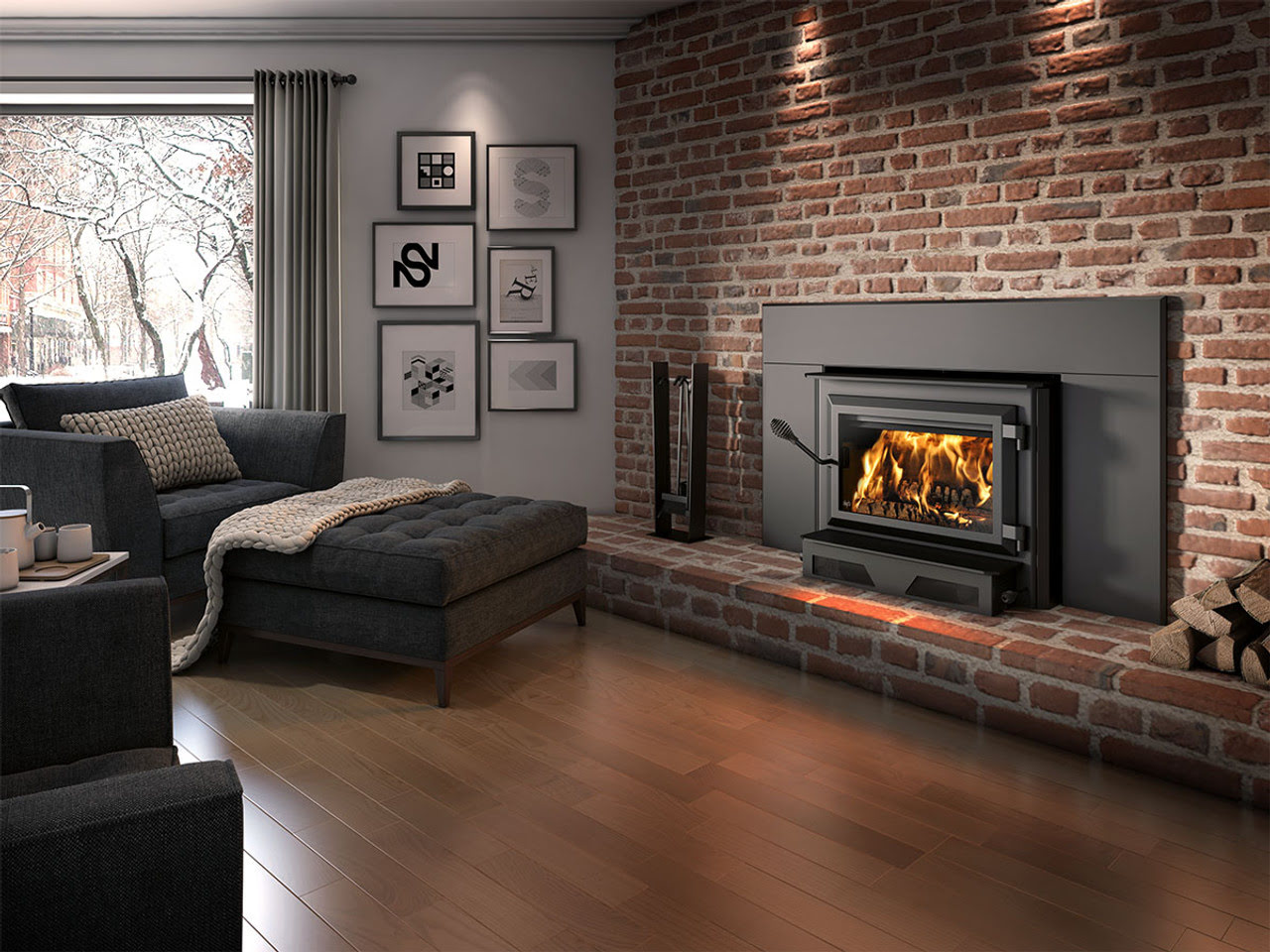
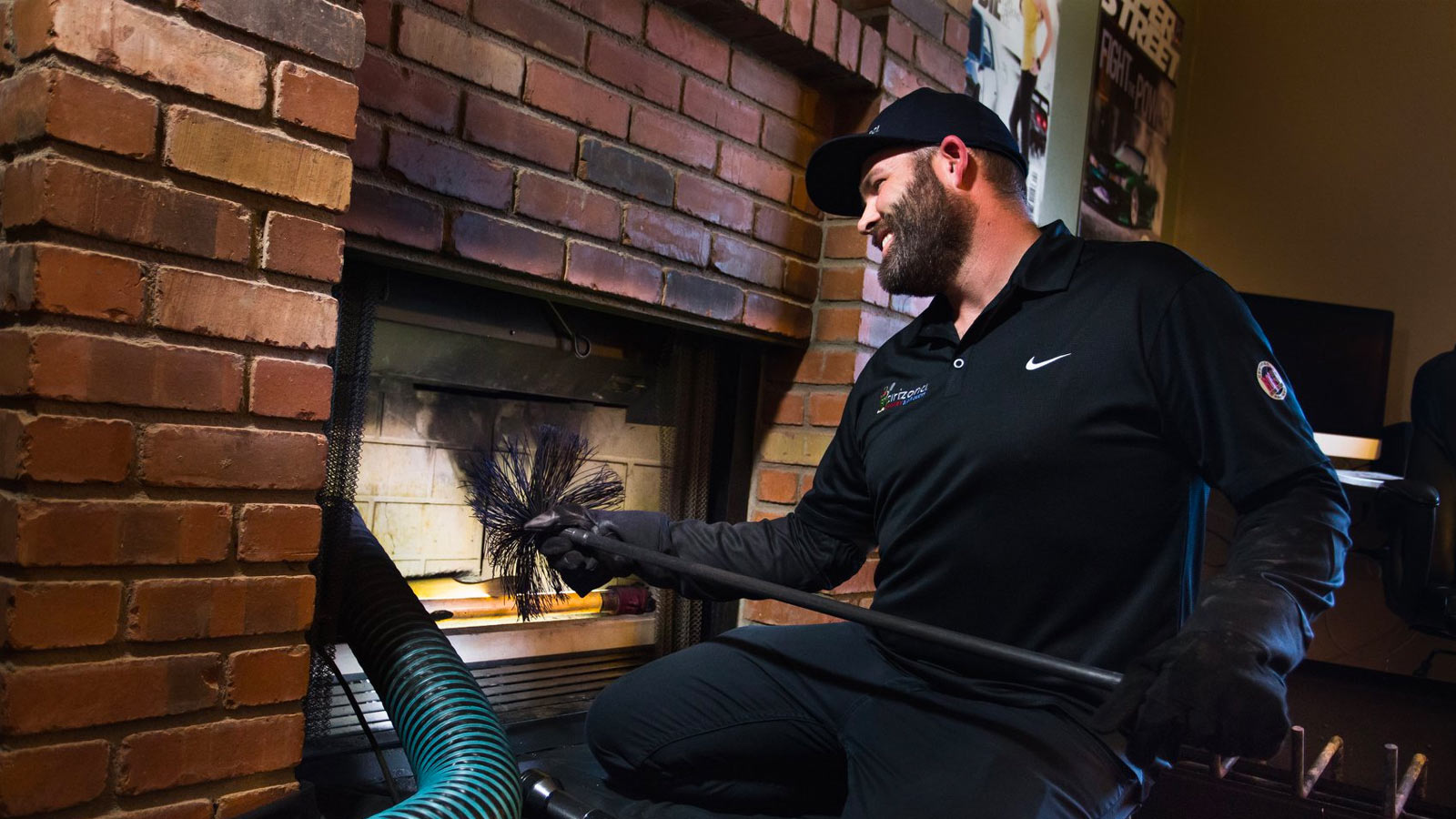
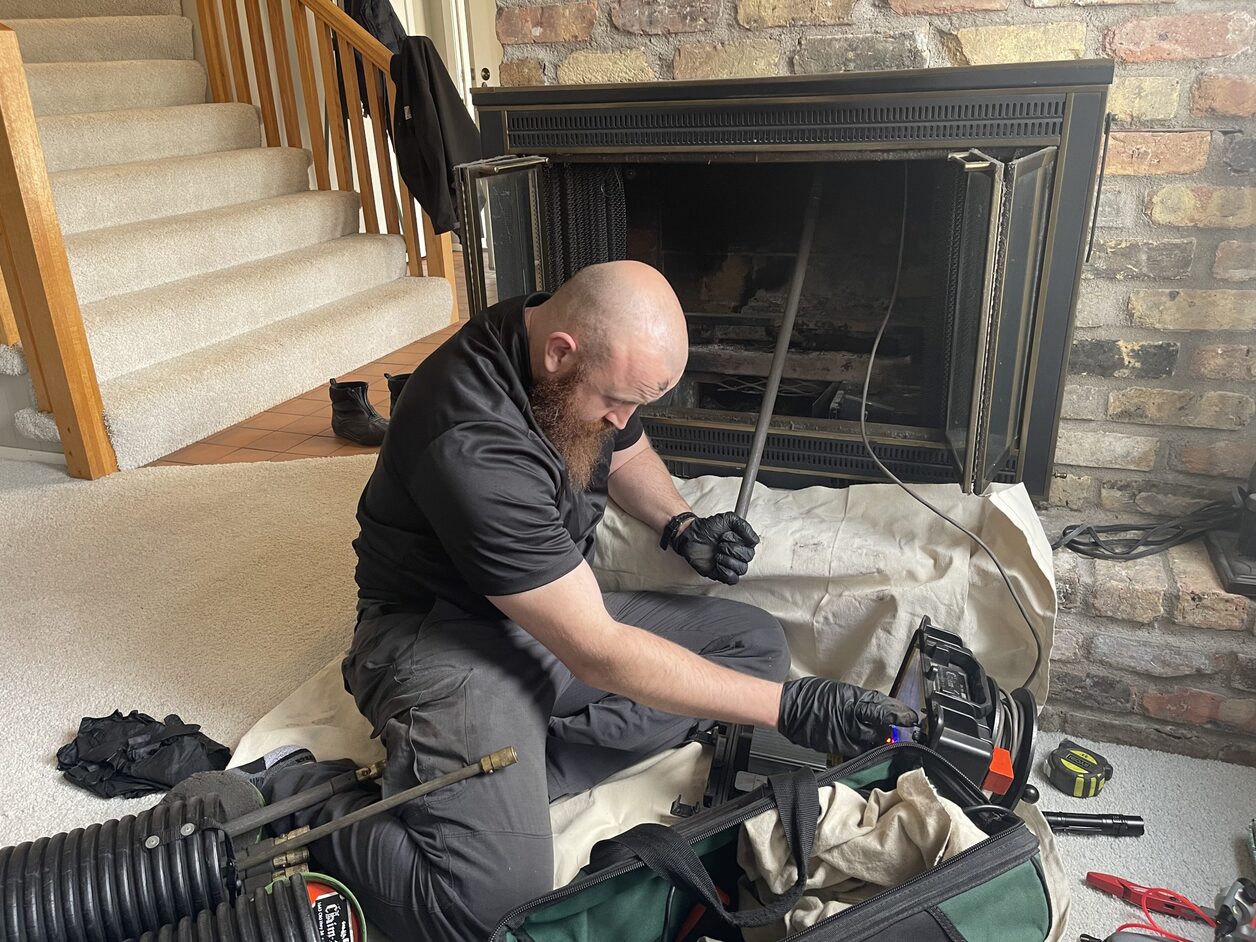
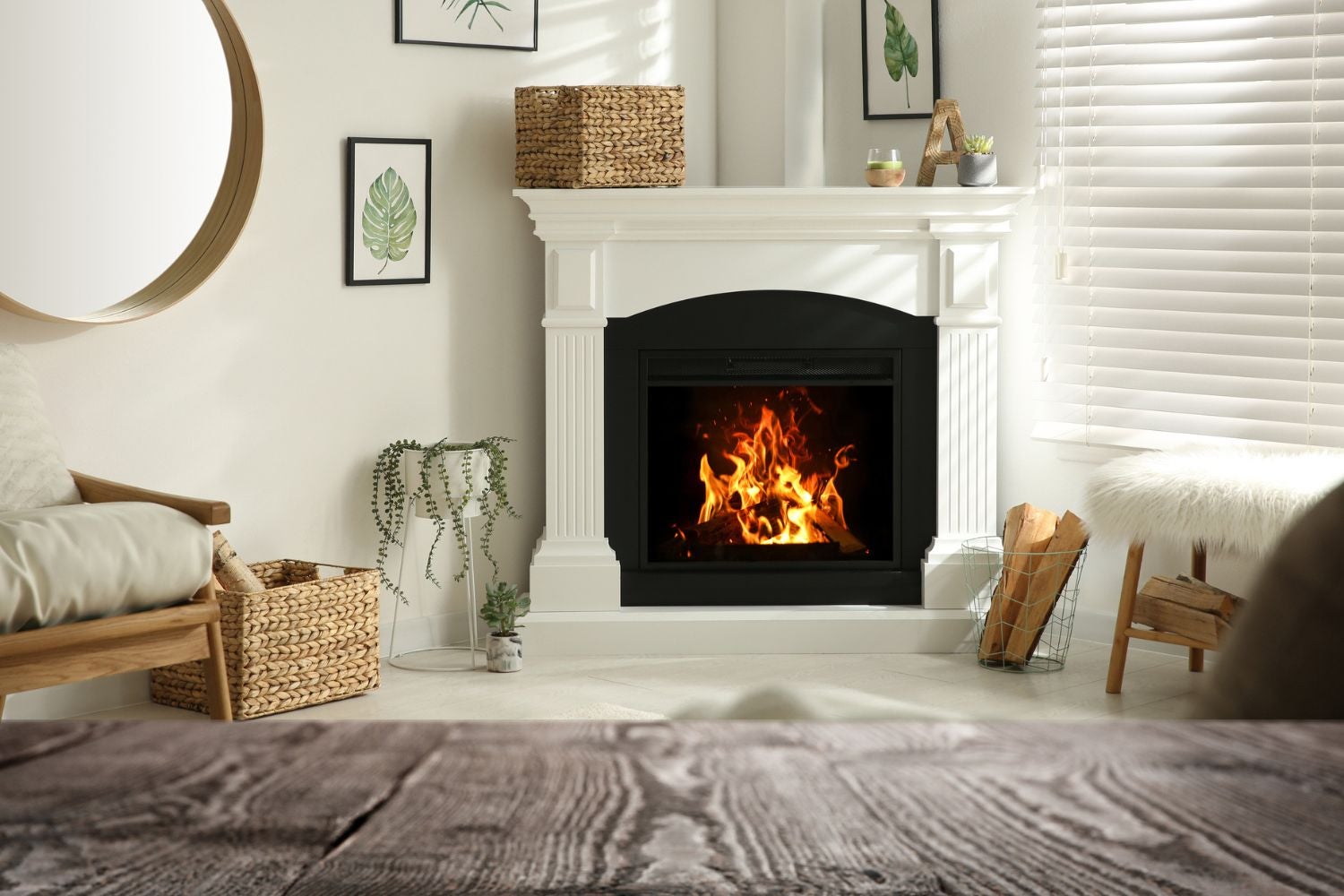
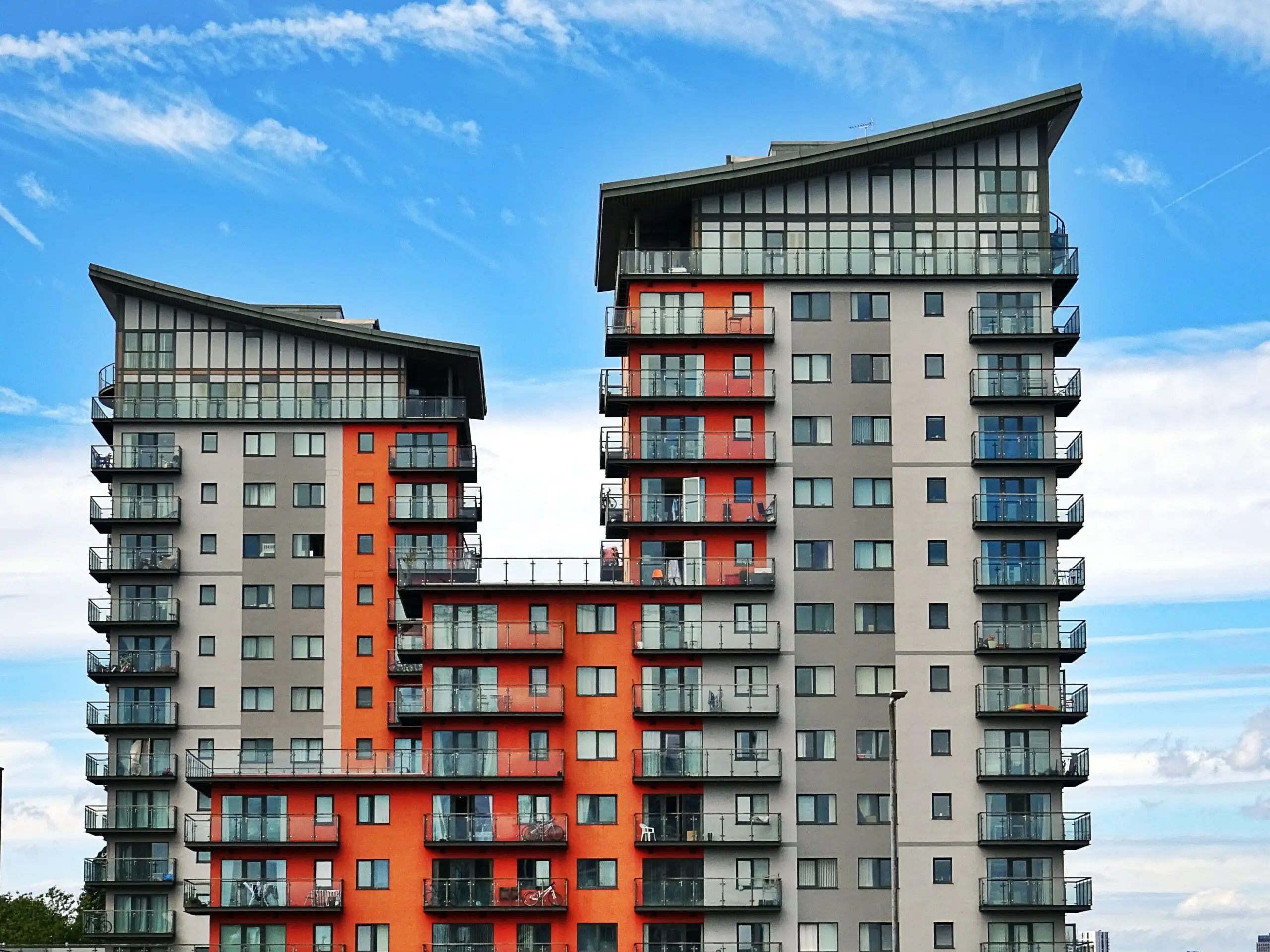

0 thoughts on “How Much Does It Cost To Build A Fireplace And Chimney”